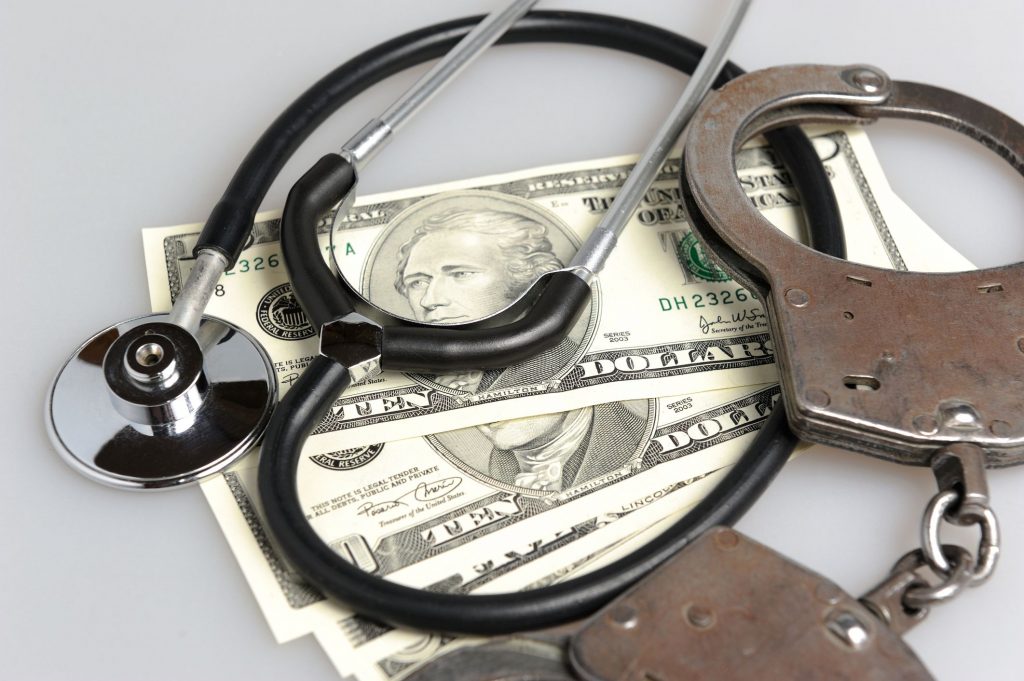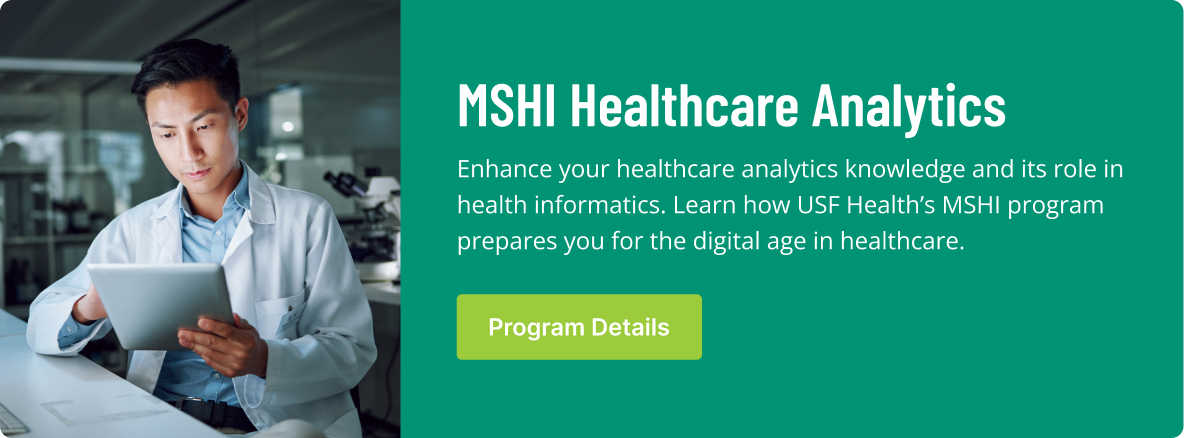There is a risk with any money-making venture that eventually it will attract people bent on siphoning off some of that money through fraud.
Healthcare is, of course, a big target. More than $3 trillion is spent each year on healthcare in the United States, according to the Department of Justice. That’s a jaw-dropping number, but so is this one: as much as $100 billion is lost each year because of fraud.
However, technology may provide answers in an area where so many other solutions have failed. Analytics is now being used by some providers for fraud prevention.
How Analytics Can Detect Fraud
One of the most well-known use cases of data analytics is for businesses to use it in determining trends in consumer behavior that can lead to more targeted marketing and sales efforts.
That same theory applies to healthcare fraud. Because of the vast amount of data available in healthcare systems, analytics can be applied to find trends that indicate possible fraudulent behavior.
According to the National Healthcare Anti-Fraud Association, the most common fraudulent behavior involving medical providers includes:
- Billing for services never rendered– this can be done by getting patient information, often through theft, or by completely fabricating claims. Or, providers can pad a legitimate bill with services or procedures that never happened
- Upcoding– this involves billing for a more expensive type of procedure than the one performed
- Unnecessary procedures– billing for a legitimate procedure, but one that was not actually necessary for the patient’s health
An Example of Analytics Fighting Fraud
One example of putting data into play in fighting fraud involves pharmaceutical company Prime Therapeutics, which has partnered with SAS, a software company, to design a system specifically for spotting potential fraud. Prime Therapeutics has more than 27 million members and works with 22 Blue Cross and Blue Shield plans.
The system scans through prescription data looking for more than 1,000 scenarios where fraud might be taking place. One example is someone coming in to get a prescription filled for a commonly abused drug, such as pain killers, without having made a visit to the doctor recent months.
Those involved with the Prime Therapeutics/SAS partnership noted they have the advantage of looking at 22 different insurance plans, allowing their analysts access to more data and potential fraud cases across plans.
They also note that fraud continues to evolve, which means the use of analytics is ongoing process that will need constant improvement.
Government Efforts
The Centers for Medicare and Medicaid Services (CMS) and the Veterans Administration (VA) have also partnered to put data analytics to use in fighting healthcare fraud. The two are the largest public-private healthcare providers in the country and often the victim of healthcare fraud.
The new program marks a shift by the CMS away from penalizing those caught committing fraud (although that will continue) and into a more preventive mode.
Analytics helped CMS save more than $42 billion in fraudulent claims in 2013 and 2014. They have since created even more robust data analytics tools to better detect trends that indicate fraud.
The VA is planning on using this system – called the Fraud Prevention Systems – to better identify potential fraud and abuse in medical claims filed with the agency.




